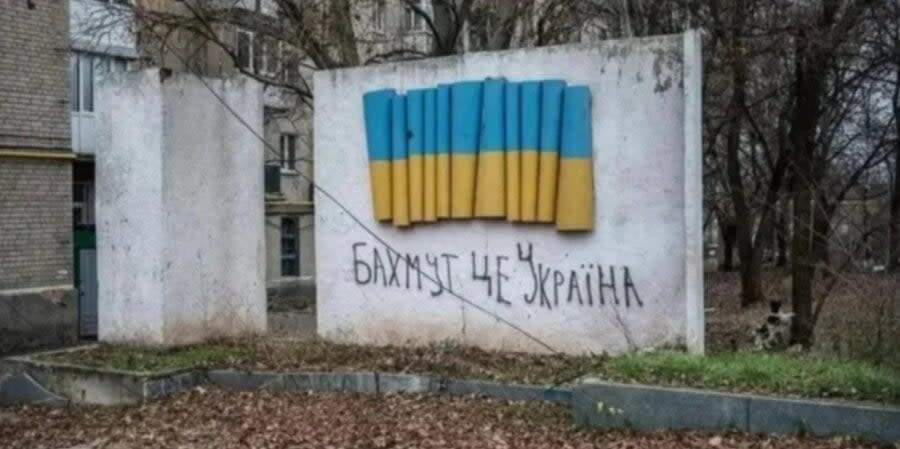Task #1 for the Russian army: What is going on at the front

Or maybe, one might joke, what was it? It seems to me that this will be the end of it all.
Most likely (as our official military sources say), the Russians are trying to find some weak spot and demonstrate at least some tactical success there. Understanding, obviously, that they hardly have the strength to exploit it as an operational, much less strategic success. And they have a period of time for this with the soil now frozen. Because then the spring thaw will begin and it will be impossible to use heavy equipment. After all, using waves of infantry is not the way to carry out a large-scale offensive.
Read also: Transnistria residents refuse to sign contracts with Russian army, says Ukrainian intel
So if you define what's going on right now, it is an escalation and attempt to achieve tactical success in one of the areas where they are fighting.
In light of the latest statement by Moldovan President Maia Sandu, many fear the opening of a second front there. I will say that from the very beginning of the conflict, Transnistria was considered by many as one of the possible hot spots, but obviously Russia does not have the potential there to develop an offensive.
The situation with Transnistria is an information component of the war
Whether Russia has the strength to destabilize Moldova using this enclave is also a big question. Because in Moldova itself, in addition to Transnistria, there is also the small enclave of Gagauzia, with its set of socio-economic problems. That is, destabilization could obviously be organized there, but most likely not by military means or the organization of a small (in comparison to what is happening in Ukraine) conflict. But this is in the context of diverting the attention of the international community to another hotspot. In my opinion, this is hopeless.
Read also: Two scenarios for the Kremlin on the diplomatic front
They talk about huge weapons depots in Transnistria. There is a long story about these warehouses and the possibility of taking out the weapons there to be used. But these are most likely not assets, but rather liabilities, because these munitions can hardly be used for combat operations. Given that they have been stored there for 30 years, they are hardly technically suitable for use.
However, the situation with Transnistria is an information component of the war. This is one of the goals pursued by Russia during this incomprehensible offensive, which, apparently, has already begun. There are at least two key audiences targeted by the information campaign. First there is the internal audience in Russia, because now the processes have intensified there. They have begun to ask themselves questions and voice them to the public. The anniversary of the beginning of the “Special Military Operation” is approaching, and they need something to report and to show prospects for success.
The second target audience is our Western partners, who, in the event of at least partial success on the front line, can also develop messages saying that assistance to Ukraine only leads to a prolongation of the conflict and will never lead to the defeat of Russia.
If we talk about the military goals of this offensive, it is also quite obvious that one of the main goals being pursued which has (it should be noted) had partial success is seizing the initiative on the battlefield.
Now Russia can impose its will on Ukrainian forces, at least in the East of Ukraine. That is, the diversion of resources that are needed to deter this offensive is, accordingly, a decrease in the resources that the Ukrainian command has obviously been preparing for its own counteroffensive.
Therefore, Ukraine’s military command has to make a difficult choice between holding positions, for example, in Bakhmut, depleting our human and material resources, or applying the same tactics that were used earlier — exchanging territory for time.
Read also: Bakhmut remains the hottest spot at the frontline, says Ukrainian army
Therefore, resisting the Russian offensive is effective but costly and will affect our own plans for a counter-offensive in terms of its scope or time frame.
Now there is a consensus, at least in the expert community, that the date for the delivery of weapons (announced at the last Ramstein meeting, and those announced at the one that will take place on February 14) and the point when they will begin having an effect on the battlefield is in a matter of months.
We’re bringing the voice of Ukraine to the world. Support us with a one-time donation, or become a Patron!
Read the original article on The New Voice of Ukraine

